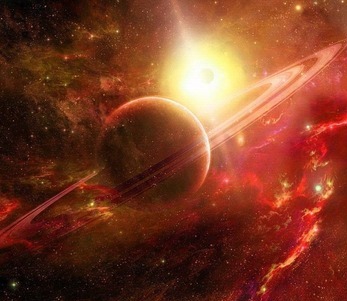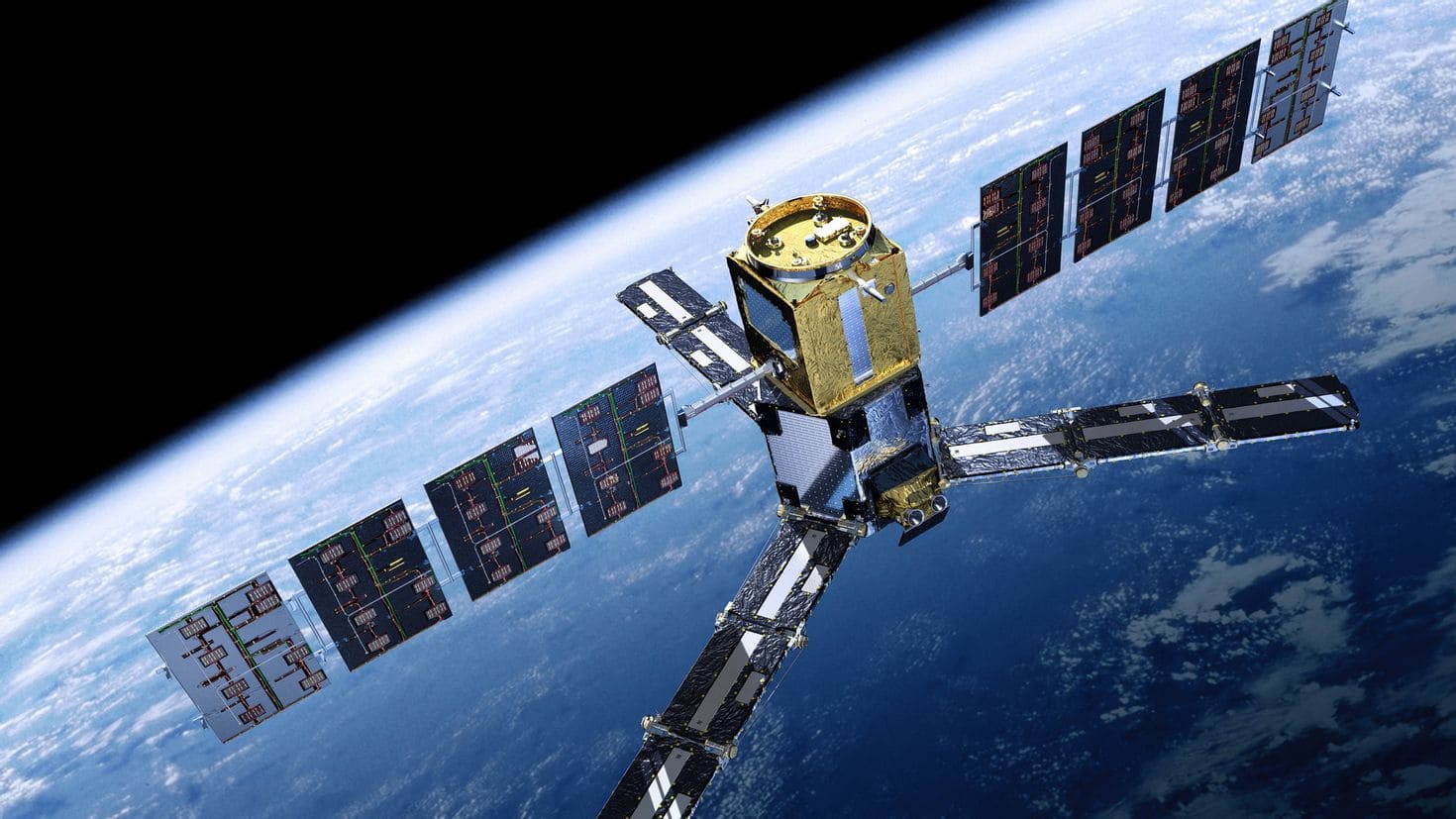The space race between the United States and the Soviet Union marked a significant chapter in the history of space exploration. This period, driven by intense geopolitical rivalry during the Cold War, saw monumental advancements in space technology and culminated in the historic Apollo 11 moon landing. However, this journey to the moon was not solely an American endeavor; the Soviet Luna Program played a critical role in advancing human understanding of space. In this article, we will delve deep into the race to the moon, examining the Apollo Program and the Soviet Luna Program, and exploring their contributions, challenges, and lasting impacts.
Genesis of the space race
The space race was ignited by a combination of political, military, and technological factors. Following World War II, the United States and the Soviet Union emerged as superpowers with stark ideological differences, setting the stage for the Cold War. The launch of Sputnik 1 by the USSR in 1957 marked the beginning of the space age and challenged the United States’ technological superiority. In response, President John F. Kennedy announced an ambitious goal: to land a man on the moon and return him safely to Earth before the decade’s end.
The Apollo program: NASA’s ambitious journey
The Apollo Program, initiated by NASA, was the United States’ response to the Soviet space achievements. This program aimed to demonstrate American technological prowess and achieve a manned moon landing.
Key Missions and achievements
1. Apollo 11: the historic landing
- On July 20, 1969, Apollo 11 successfully landed on the moon. Neil Armstrong and Buzz Aldrin became the first humans to walk on the lunar surface, while Michael Collins orbited above in the command module. Armstrong’s famous words, “That’s one small step for man, one giant leap for mankind,” echoed globally.
2. Apollo 8: first manned lunar orbit
- In December 1968, Apollo 8, with astronauts Frank Borman, James Lovell, and William Anders, became the first crewed mission to orbit the moon, paving the way for future lunar landings.
3. Technological innovations
- The development of the Saturn V rocket, the most powerful rocket ever built, and the lunar module, a spacecraft designed specifically for moon landings, were monumental engineering achievements.
The Soviet Luna program: pioneering unmanned exploration
Parallel to the Apollo Program, the Soviet Union pursued its lunar ambitions through the Luna Program, focusing on unmanned missions to gather data and perform experiments.
Key missions and achievements
1. Luna 2: first impact on the Moon
- In 1959, Luna 2 became the first human-made object to reach the moon, crashing onto its surface and marking a significant milestone in space exploration.
2. Luna 9: first soft landing
- In 1966, Luna 9 achieved the first successful soft landing on the moon, transmitting panoramic images of the lunar surface back to Earth.
3. Scientific contributions
- The Luna missions collected valuable data on the moon’s composition, magnetic fields, and radiation environment, contributing significantly to our scientific knowledge.
Key figures in the race to the Moon
Yuri Gagarin and the dawn of human spaceflight
- Yuri Gagarin’s historic flight on April 12, 1961, made him the first human in space, a major victory for the Soviet space program.
John F. Kennedy: visionary leadership
- President Kennedy’s vision and commitment to space exploration galvanized the United States’ efforts and set the nation on a course to the moon.
Sergei Korolev: the soviet architect
- Sergei Korolev, the chief designer of the Soviet space program, was instrumental in developing the Luna series and other key space missions.
Wernher von Braun: rocket pioneer
- Wernher von Braun’s expertise in rocketry was crucial to the success of the Apollo missions, particularly the development of the Saturn V rocket.
Technological innovations and challenges
The race to the moon required unprecedented technological advancements and posed numerous challenges.
Rocket engineering
- The development of powerful rockets capable of carrying humans and equipment to the moon was a primary challenge. The Saturn V rocket and the Soviet N1 rocket represented pinnacle achievements in this field.
Spacecraft design
- Designing spacecraft that could support human life, navigate the lunar environment, and return safely to Earth required innovative solutions. The Apollo lunar module and the Soviet Luna landers were key technological milestones.
Mission failures and risks
- Both programs faced significant risks and setbacks, including launch failures, technical malfunctions, and the inherent dangers of space travel. The Apollo 1 tragedy, which claimed the lives of three astronauts, underscored the perilous nature of these missions.
Scientific discoveries and legacy
The Apollo and Luna programs yielded substantial scientific discoveries and left a lasting legacy on space exploration.
Lunar samples and experiments
The Apollo missions brought back hundreds of kilograms of lunar rocks and soil, providing invaluable insights into the moon’s geology. Scientific experiments conducted on the lunar surface advanced our understanding of space science.
Influence on future space exploration
The achievements of the Apollo and Luna programs laid the groundwork for future space missions. Technologies and knowledge developed during this period continue to inform current and future endeavors, such as the Artemis program aiming to return humans to the moon.
International impact and cold war context
The space race was not just a technological contest but also a significant geopolitical event with far-reaching implications.
Cold war rivalry
The race to the moon was a manifestation of the Cold War rivalry between the United States and the Soviet Union, symbolizing the competition for global influence and technological supremacy.
Global influence
Successes in space had profound effects on international perceptions, enhancing the prestige of the United States and the Soviet Union. The moon landings were broadcast worldwide, inspiring generations and demonstrating the potential of human ingenuity.
The enduring legacy of the Moon race
The race to the moon between the Apollo and Soviet Luna programs represents one of humanity’s most remarkable achievements. These programs pushed the boundaries of technology, science, and human courage, leaving a legacy that continues to inspire and inform space exploration today. As we look forward to future missions to the moon and beyond, the lessons and accomplishments of this historic era remain a testament to the power of human ambition and ingenuity.



